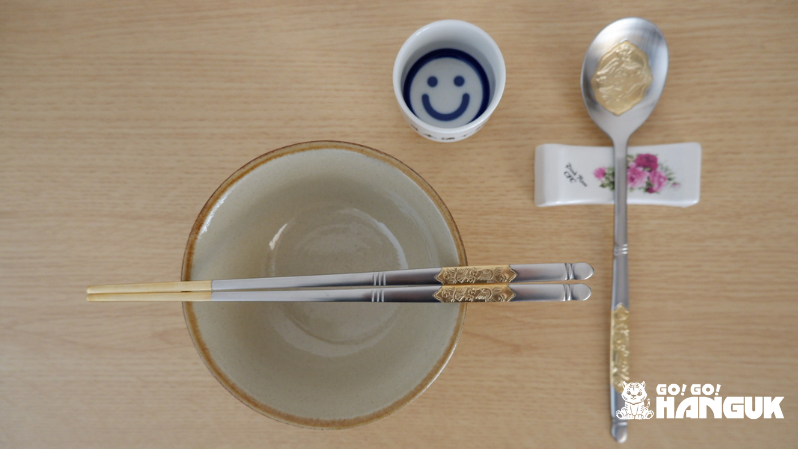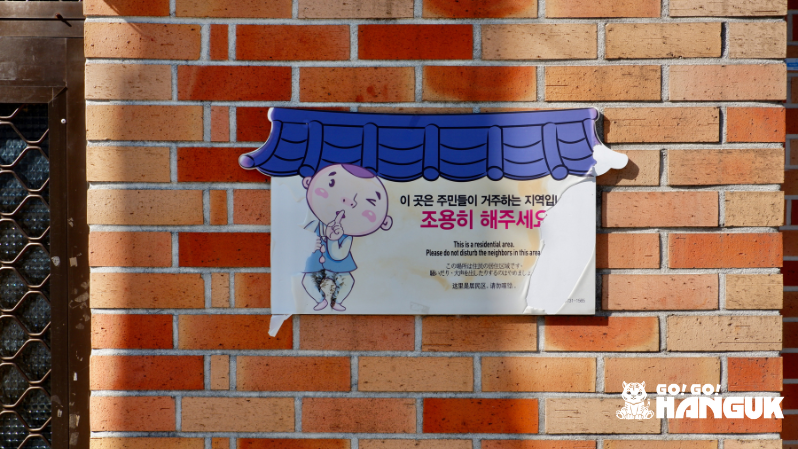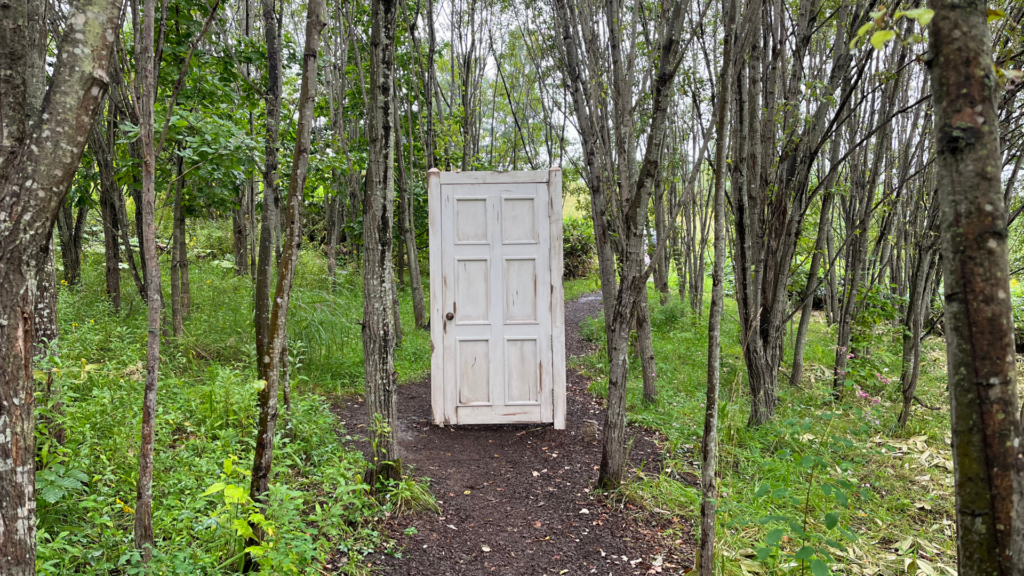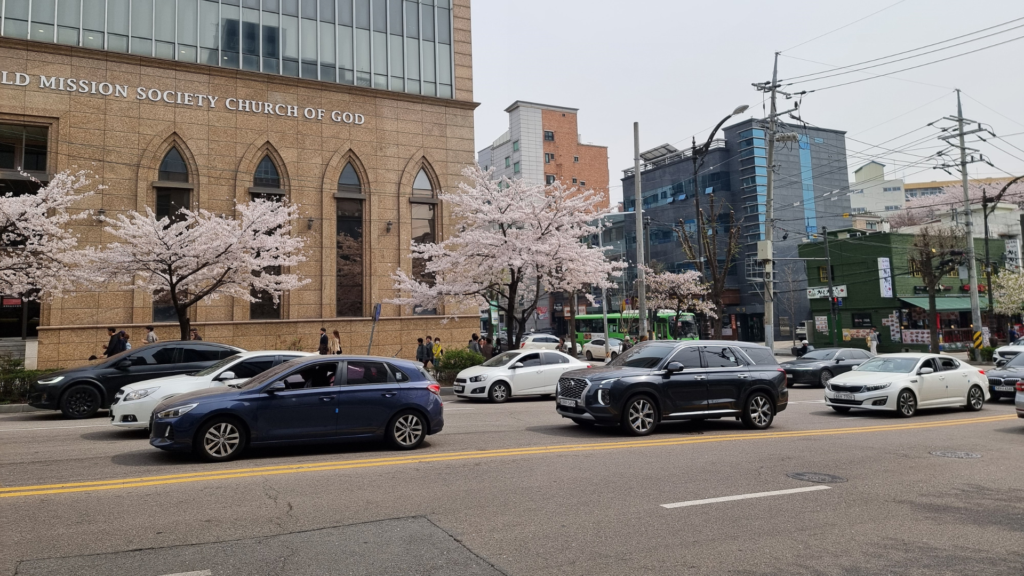If you are going to Korea, you might need to know some useful Korean phrases. By using these Korean expressions, you will sound more natural and you can fit in better.
Let’s take a look at the most commonly used Korean phrases to best suit Korean etiquette.
5 Korean phrases in everyday life

1. Saying “goodbye” in Korean phrases
One thing that may strike you is the way Koreans say “goodbye”. They do not always use the same Korean phrase, as it depends on whether the person they are saying goodbye to is leaving, or if the listener is staying and the speaker is leaving.
One uses annyeonghigaseyo (안녕히 가세요) if the listener is leaving, as this expression literally means ‘goodbye’. There is also the more colloquial expression 잘 가요 (jal gayo), or 잘 가 (jal ga) in its more informal variant, which literally always means ‘go well’.
안녕히 가세요 / 잘 가요 / 잘 가 (Annyeonghigaseyo / Jal gayo / Jal ga)
Goodbye (when the speaker is staying and the listener is leaving).
On the other hand, annyeonghigyeseyo (안녕히 계세요) is used if the listener is staying and the person saying goodbye is leaving. In fact, the expression means “stay well”.
안녕히 계세요 (Annyeonghigyeseyo)
Goodbye (when the speaker is leaving and the listener is staying).
However, the choice does not always fall on one of the two Korean phrases. In fact, very often, when leaving shops, one tends to simply say gamsahamnida (감사합니다), as a thank you, or manhi paseyo (많이 파세요), which literally means ‘sell a lot’, as a wish to the shopkeeper. Also, sugohaseyo (수고하세요) is a widely used expression to encourage the shopkeeper to keep up the good work.
When leaving restaurants, if you are satisfied, you can say, jal meogeosseumnida (잘 먹었습니다), which literally means ‘I ate well’. Here, we can also use gamsahamnida or sugohaseyo as alternatives.
So, to recap, as you leave a shop or restaurant, remember to say thank you by saying:
감사합니다 (Gamsahamnida)
Thank you
You can also add an expression of encouragement, such as:
수고하세요 (Sugohaseyo)
Good work (literally: ‘keep working hard’).

2. Expressing “Enjoy your meal”
Another Korean phrase that varies depending on the role of the speaker is an expression that translates to “good appetite”. In fact, if you are about to eat food prepared or offered by someone, you will say jal meokgesseumnida (잘 먹겠습니다), which literally means ‘I’m going to eat well’. It is a polite way of expressing gratitude to the person who is offering food. Even when you are with a group of friends going out to eat, you can still use jal meokgesseumnida to express your happiness at sharing the meal with the others.
Conversely, when serving someone food, one says masittge deuseyo (맛있게 드세요), which literally means ‘eat with gusto’. It is an expression you will often hear waiters say in restaurants. Informal ways of saying it are 잘 먹어 (jal meogeo) and 많이 먹어 (manhi meogeo), which literally mean ‘eat well’ and ‘eat a lot’.
So, to recap, there are two phrases you should remember when it comes to enjoying a meal. If you are about to eat, you should use:
잘 먹겠습니다 (Jal meokgesseumnida)
I (humbly) receive this meal (literally: ‘I’m going to eat well’).
If, on the other hand, you want someone else to enjoy their meal and you won’t share the meal, you can use:
맛있게 드세요 (Masittge deuseyo)
Enjoy your meal (formal, literally: ‘eat with gusto’)
or
잘 먹어 / 많이 먹어 (Jal meogeo / Manhi meogeo)
Enjoy your meal (informal, literally: ‘eat well’ and ‘eat a lot’).
3. Korean phrases for asking permission
Among the various Korean phrases you may need, it is also useful to know how to ask for permission. The immediate translation of this expression is sillyehamnida (실례합니다). You can use this term when there are a lot of people and you need to pass by.
실례합니다! (Sillyehamnida!)
Excuse me!
However, in some situations, there are other Korean phrases that are more commonly used. For example, on the underground, when you need to make your way through the other passengers to get off at your station, you can say naerigesseumnida (내리겠습니다), which literally means ‘I’m getting off’. People will then know that they will have to step aside for a moment for you to stop at that station.
내리겠습니다! (Naerigesseumnida!)
I have to get off!
When you have people in front of you but you’re not sure if they will get off or not, instead of asking for permission right away, it’s more polite to first ask if they will get off. The right expression to use in this case is naerisilgeoyeyo? (내리실 거예요?). If the answer is yes, they will probably just say yes (네, ne). If not, they will most certainly take the hint and move aside so as to let you pass.
내리실 거예요? (Naerisilgeoyeyo?)
Are you getting off?
4. “You’re welcome” in Korean
In Korean culture, expressing “you’re welcome” doesn’t always require a direct Korean phrase — often, humility plays a key role, and people tend to respond modestly when thanked.
The most commonly used phrase is:
아니에요 (anieyo)
Literally means “It’s not (a big deal)” or “No, not at all.”
It’s casual but polite, and this Korean phrase is widely used in everyday conversation. If someone thanks you, replying with “아니에요” implies you’re happy to help — without making it sound like a big favor.
There are other variations to how you can respond, such as:
괜찮아요 (gwaenchanayo)
“It’s okay” — also works in this context as a soft, comforting response to thanks.
천만에요 (cheonmaneyo)
This is the literal translation of “you’re welcome,” but it’s now rarely used in modern conversations. It might still appear in books or formal writing, but it can sound outdated in casual speech.
별말씀을요 (byeolmalsseumeulyo)
A polite and humble way to say, “Don’t mention it.” You might hear this in more formal or older-generation settings.

5. How to say “sorry” in Korean phrases
Just like how there are different ways to say goodbye depending on who is leaving or staying, the way you say “sorry” in Korean also depends on the level of formality, the person you’re speaking to, and the situation. Let’s take a look at them.
죄송합니다 / 죄송해요 (Joesonghamnida / Joesonghaeyo)
Sorry / apology
Joesonghamnida (죄송합니다) is the most respectful and formal way to say “sorry” in Korean. You would use it in situations like bumping into a stranger, being late to a meeting, or apologizing to someone older or in a position of authority. Joesonghaeyo (죄송해요) is a slightly softer, polite version used in everyday conversations that still require respect.
미안해요 / 미안해 (Mianhaeyo / Mianhae)
Sorry
Mianhaeyo (미안해요) is a polite but more casual way to apologize — perfect for acquaintances, classmates, or neighbors. On the other hand, mianhae (미안해) is informal and best used with close friends or people younger than you. Both versions are heartfelt and commonly used.
In Korean culture, saying sorry is often more than just about admitting fault — it’s a way to show humility, empathy, and a desire to keep harmony. That’s why apologies are used even for small things like receiving help, interrupting someone, or declining an offer.
Also, you may sometimes hear someone say:
죄송하고 감사합니다 (Joesonghago gamsahamnida)
I’m sorry and thank you.
This is commonly used when someone helps you out and you feel apologetic for the trouble, while still wanting to show gratitude.
These are some useful Korean phrases for everyday life that you may want to know. As you may have noticed, these expressions in Korean have more facets than those in English and their usage varies depending on the context.
As you get deeper into the study of the Korean language, you will see more differences between Korean and English, and how the Korean terms vary according to social usage. Interested in picking up basic Korean? Try learning the Korean alphabet with Hangul Quest. Check out more here!
For more information on Korean language and culture, follow the Go! Go! Hanguk blog and do not hesitate to contact us about living and studying in Korea.















